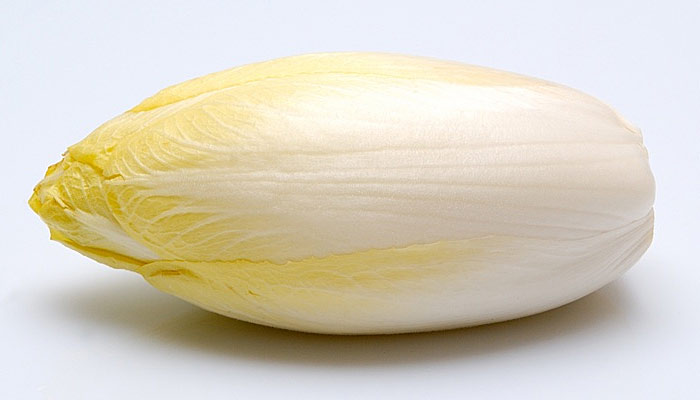
by admin | Aug 19, 2014 | Prescription Drugs
Introduction: The FDA recently announced the approval of a new type of sleeping pill from Merck known as Belsomna® (suvorexant) despite significant safety concerns. This approval calls into question whether the FDA is more concerned about protecting the health of...

by admin | Aug 13, 2014 | Healing Food Facts
Endive is a chicory green that is today, much more popular in Europe than in the United States. Although its recognition is growing, it is still largely under valued. Endive is a member of the Compositae family, along with artichokes, dandelions, and lettuce. Chicory...

by admin | Aug 12, 2014 | Natural Facts
Introduction: Resveratrol is a plant compound similar to flavonoids. It is found in low levels in the skin of red grapes, red wine, cocoa powder, baking chocolate, dark chocolate, peanuts, and mulberry skin. Red wine is perhaps the most recognized source of...

by admin | Aug 5, 2014 | Natural Facts
Introduction: Recently, the American Heart Association (AHA) and American College of Cardiology (ACC) released new guidelines that increased the focus on prescribing statins to lower LDL cholesterol levels. With the new guidelines, it is estimated that in the United...

by admin | Jul 28, 2014 | Natural Facts
Introduction: Not all fat in the human body is the same. One of the major differentiators is based upon the concentration of mitochondria – the energy producing compartments of cells. When there are a lot of mitochondria in fatty tissue, it looks brown, and when there...








